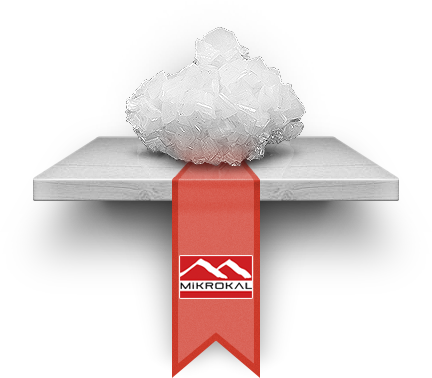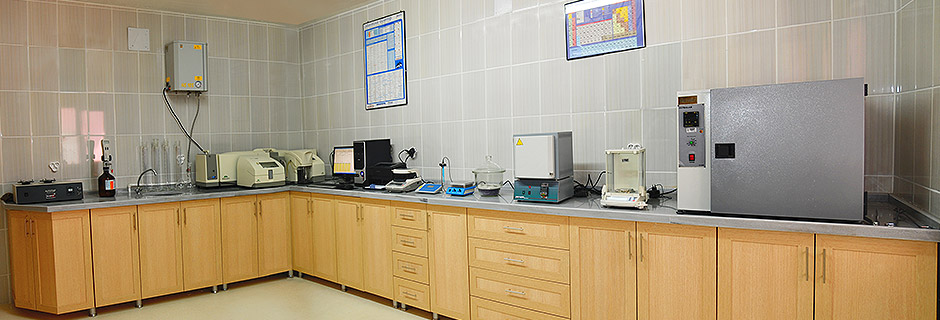Mikrokal Kalsit Laboratuvarlar
ISO 9001:2008 Kalite yönetim sistemine sahip olan Mikrokal Kalsit LTD. ŞTİ., deneyimli akademik personel ve en son teknolojiye sahip laboratuvar ortamında tane boyut, beyazlık, nem, ph, kaplama oranı,m tap yoğunluk, asitte çözünmeyen madde miktarı, kızdırma kaybı gibi birçok analizler yaparak hammadde girişinden paketlemeye kadar tüm proseslerde kontrol yapmakta ve kayıt altına almaktadır.
Kalsit Nedir?
Kalsit karbonatlı kayaçları oluşturan ve kimyasal formülü CaCO₃ olan endüstriyel bir mineraldir. Çeşitli şekillerde kristalleşebilen mineral, camsı parlaklıkta ve renksiz saydam yapıdadır. Öğütüldüğünde beyaz renkli bir toz elde edilir. Kalker ya da kireç taşı olarak adlandırılan karbonatlı kayaçlar suyun doğrudan kristalleşmesi veya deniz canlılarının kabuklarının birikip sıkışması ile oluşmuştur.
Kireç taşları grubunda yer alan saf kalsit, dolomit ve aragonit temiz ve beyazdır ancak safsızlığı bozan katkılar sebebiyle sarımsı kahverengi ve gri renkler alabilmektedir.
Öğütülmüş kalsiyum karbonat (GCC) endüstriyel mineral olarak çok geniş bir kullanım alanına sahiptir. Bu mineralin kullanımı sırasında kalitesini tanımlayan üç niteliği vardır. Bunlar tane çapı, renk ve kimyasal saflığıdır. Bu özellikler mineralin herhangi bir uygulamadaki uygunluğunu tariflemektedir.
Kalker taşının renkleri parlak bir beyazdan açık griye kadar yayılmakta ve kalsiyum karbonat içeriği ise %80-99.9 arasında değişmektedir. Kalsiyum karbonat sert bir mineral değildir. Saf kalsitin sertliği Moh’s skalasına göre 3 civarındadır. İçerdiği silika miktarı kalsitin sertliğini Moh’s skalasında 4’e kadar yükseltebilmektedir.





